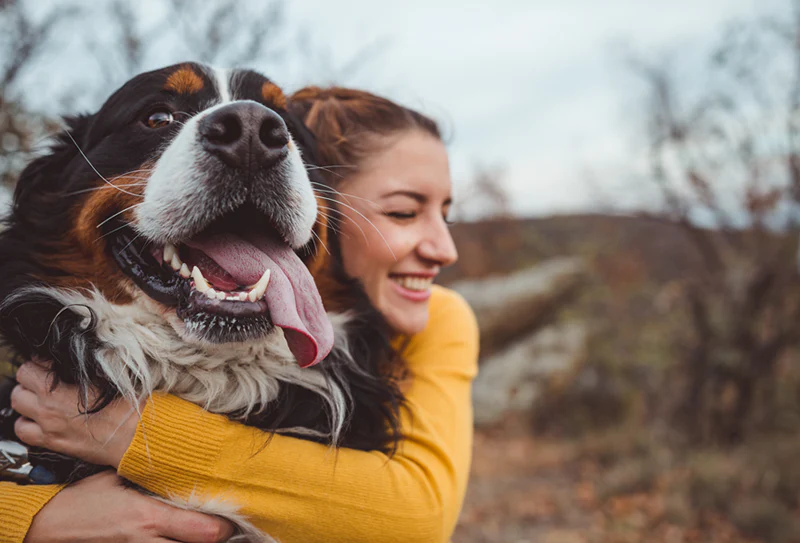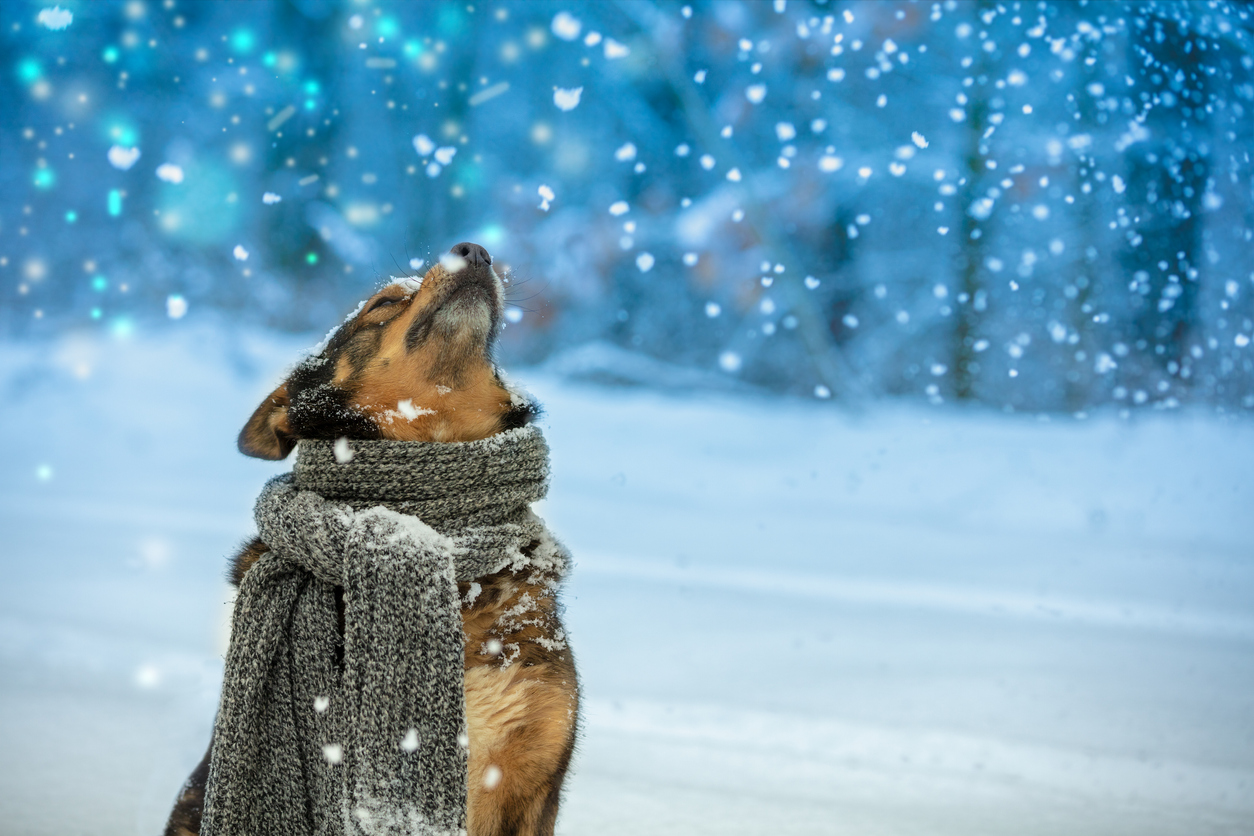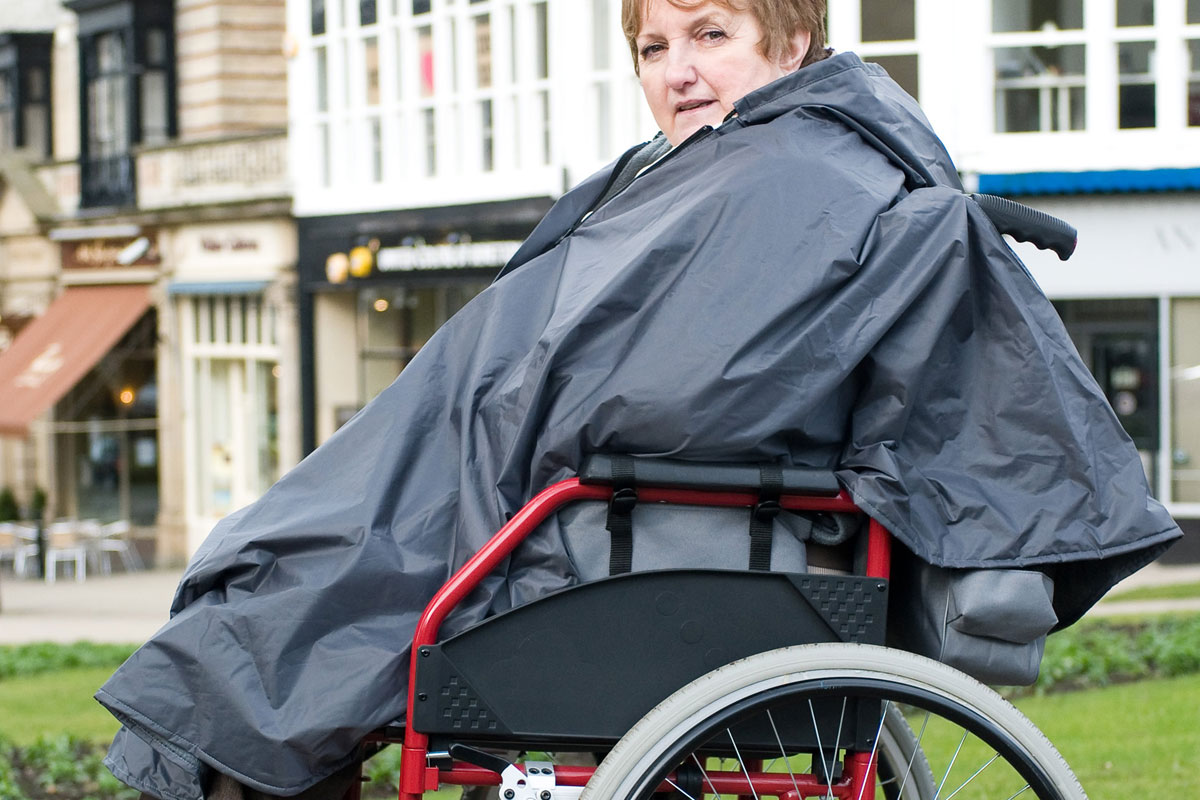Dogs love spending time outside, but weather conditions can significantly impact their comfort and well-being. While some breeds thrive in the cold, others struggle with lower temperatures. Similarly, hot and humid weather can pose challenges, making it essential for owners to adjust outdoor activities and provide suitable protection.
Cold Weather and Canine Comfort
Cold weather can be particularly challenging for dogs with thin coats or low body fat. Breeds such as whippets, greyhounds, and smaller terriers often feel the cold more than their thick-coated counterparts. If temperatures drop significantly, it’s crucial to limit outdoor exposure and provide warm bedding indoors.
For dogs that require extra warmth, protective clothing can make a huge difference. Investing in greyhound coats helps maintain body temperature by providing an insulating layer. These coats are designed to fit snugly without restricting movement, ensuring comfort on winter walks. Additionally, paw protection can prevent discomfort caused by ice, snow, and salt on pavements.
Hot Weather and Heat Safety
High temperatures bring a different set of challenges, particularly for breeds with thick coats or short noses. Overheating is a real risk, and dogs should always have access to shade and fresh water when spending time outdoors. Avoid walking them during the hottest parts of the day, as pavements can become scorching and cause burns to sensitive paws.
Recognising signs of heat exhaustion, such as excessive panting, drooling, and lethargy, is essential. Cooling vests, damp towels, or access to a paddling pool can help regulate body temperature. For particularly hot days, early morning or late evening exercise is the safest option, reducing the risk of heatstroke.

Rain, Wind, and Unpredictable Conditions
Some dogs are unfazed by wet weather, while others may refuse to step outside when it rains. For reluctant walkers, waterproof jackets can help keep them dry and more comfortable. Additionally, ensuring that dogs are thoroughly dried after wet walks reduces the risk of skin irritation and infections.
Windy conditions can be unsettling, especially for smaller breeds or those with large ears that may catch the wind. If gusts are particularly strong, it’s best to keep walks shorter and opt for more sheltered routes. Monitoring the weather forecast can help in planning outdoor activities that ensure safety and enjoyment.
Seasonal Adjustments for Outdoor Comfort
As seasons change, so should outdoor routines. In colder months, shorter but more frequent walks might be preferable, while warmer weather may call for a focus on hydration and shade. Understanding a dog’s specific needs based on their breed, coat type, and age allows for better decision-making regarding their outdoor activities.
Regardless of the season, always be mindful of a dog’s body language. If they show signs of discomfort, reluctance, or distress, adjusting their environment and routine can prevent unnecessary stress. Simple measures, like choosing the right protective gear and timing walks wisely, ensure they remain happy and healthy throughout the year.














